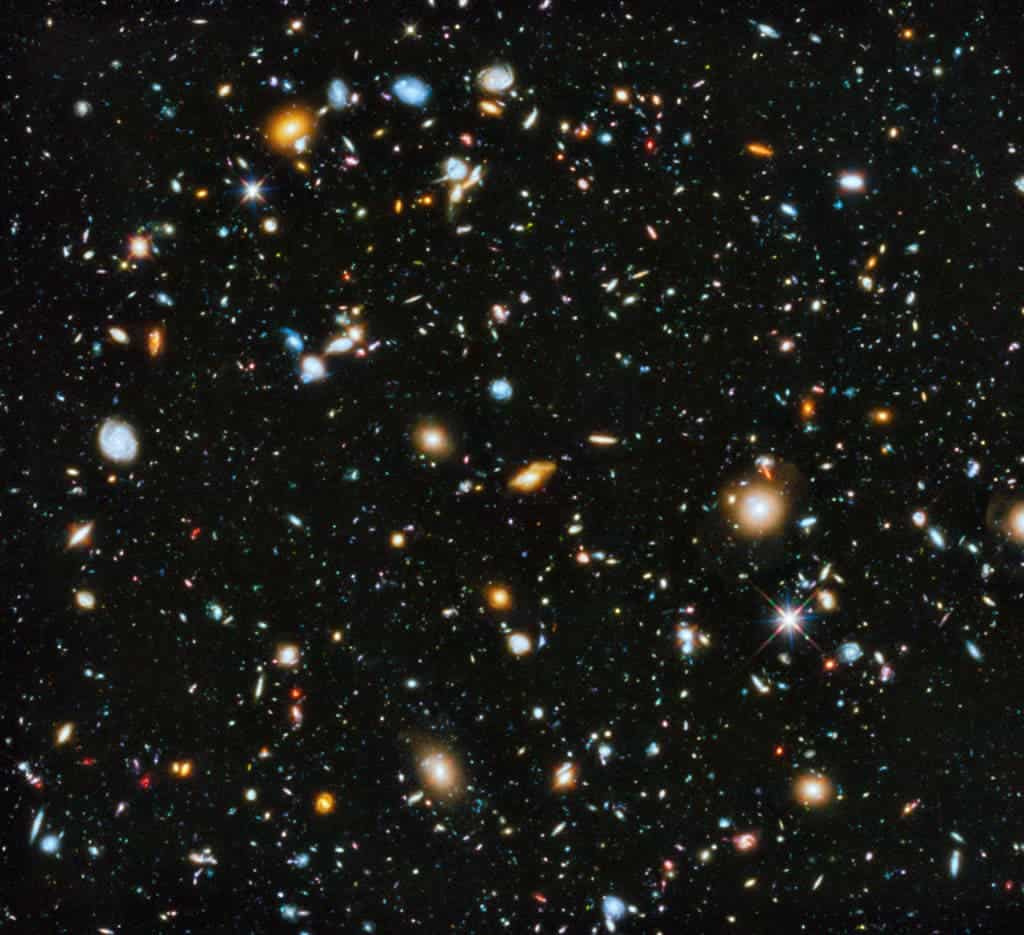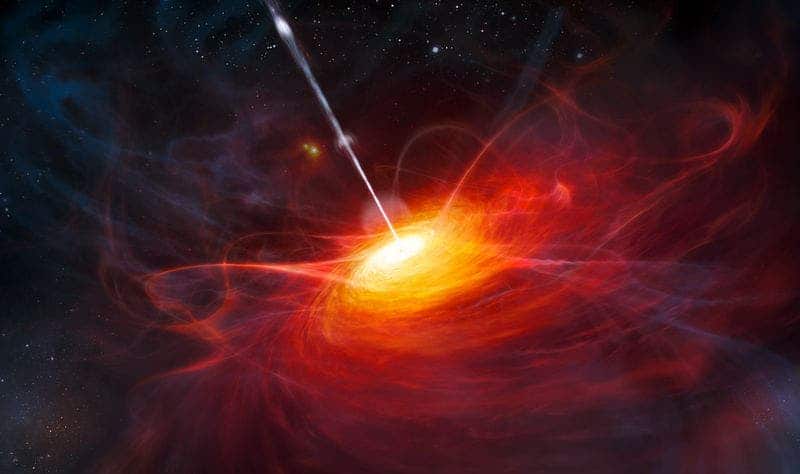Dark energy density seems to be increasing over time, and we’re not really sure why.

To infinity and beyond
Discovering that the universe is expanding was one of the biggest turning points in astronomy, and science in general. We don’t know how big the universe is, we don’t even know if it’s infinite or not, but we’re pretty certain that it’s expanding. The first evidence emerged in the 1920s, when Alexander Friedmann derived a set of equations known as the Friedmann equations, showing that the universe might expand. The theory really picked up steam a few years later, when Edwin Hubble found that some galaxies appear to be moving away from us.
Hubble also found that not only is the universe is expanding but its expansion is accelerating. This seemed stunning at the time. Not only is the universe getting bigger, but it’s getting bigger, faster. Hubble calculated a universal expansion rate of 500 km/s/Megaparsec, with one megaparsec being equivalent to 3.3 million light years. So for every 3.3 million light-years farther away, the matter where you are is moving away 500 km faster — every second. Subsequent measurements have greatly refined and reduced this value, but there is still some controversy and uncertainty. Most studies, however, agree that the universal expansion rate is around 70km/s/Megaparsec.
But it gets even weirder. Ironically, the universal expansion rate is also called Hubble constant — when it’s anything but constant. Not only do different measurements come up with slightly different values, but when you look in different parts of the universe, you’ll also find different expansion rates.
For instance, the nearby universe, as measured by telescopes like Hubble and Gaia, seems to sport a value of 73 km/s/Mpc. Meanwhile, when the Planck telescope looked towards the distant universe, it came back with a value of just under 70 km/s/Mpc. So Hubble’s constant seems to vary both in time and in space — so much for being a constant.
This is where the new study comes in — but instead of clearing things up, it adds even more mystery.
The brightest of the brightest

Hubble’s initial studies, like many subsequent measurements, were based on something called redshift. Essentially, as light travels from its original source to us, space is stretched, and the wavelength itself is stretched. This stretch shifts the wavelength towards the redder parts of the spectrum — hence the name “redshift”.
Now, if you want to look at something very distant, you want a very powerful light source. In the new study, researchers focused on the brightest sources of light: quasars.
In a stellar twist of fate, the brightest sources of light go hand in hand with the darkest objects in the universe: supermassive black holes. These black holes, believed to lie at the center of all galaxies, are surrounded by a gaseous accretion disk. As gas falls toward the black hole, energy is released in the form of electromagnetic radiation with incredible power. This phenomenon is called a quasar, and some quasars are thousands of times brighter than the entire Milky Way, which is exactly what you want in this type of study. Quasars are spread across the universe, making them ideal target for multiple measurements.
Astronomers from Durham University in the UK and the Universita degli Studi di Firenze in Italy used observations from 1,600 quasars to calculate the expansion rate of the Universe up to about one billion years after its birth.
When you look at something that’s one light year away, you’re essentially looking into the past and seeing that object as it was one year ago. In this case, the astronomers look around 12 billion years into the past. The strange thing was that the values they found for expansion rates 12 billion years ago were similar to expansion rates reported by previous studies looking at areas from some 8 billion years ago. In other words, two different epochs had the same expansion rate, when really they shouldn’t. There’s nothing in our current arsenal of cosmological knowledge that could convincingly explain that.
“When we combine the quasar sample, which spans almost 12 billion years of cosmic history, with the more local sample of type-Ia supernovas, covering only the past eight billion years or so, we find similar results in the overlapping epochs,” said Dr. Elisabeta Lusso of Durham University, in a statement.
“However, in the earlier phases that we can only probe with quasars, we find a discrepancy between the observed evolution of the Universe and what we would predict based on the standard cosmological model.”
Of course, this is still an early study, which will be thoroughly investigated and replicated — but if it is confirmed, then astrophysicists will have a lot of digging to do to find an explanation.
However, one possible solution, still speculative at this point. could have something to do with the elusive dark energy, a theoretical form of energy postulated to act in opposition to gravity and to occupy the entire universe. Lead author Dr Guido Risaliti, of the Università degli Studi di Firenze, concludes:
“One of the possible solutions to the expansion of the early Universe would be to invoke an evolving dark energy, with a density that increases as time goes by.
The study “Cosmological constraints from the Hubble diagram of quasars at high redshifts” was published in Nature Astronomy.


